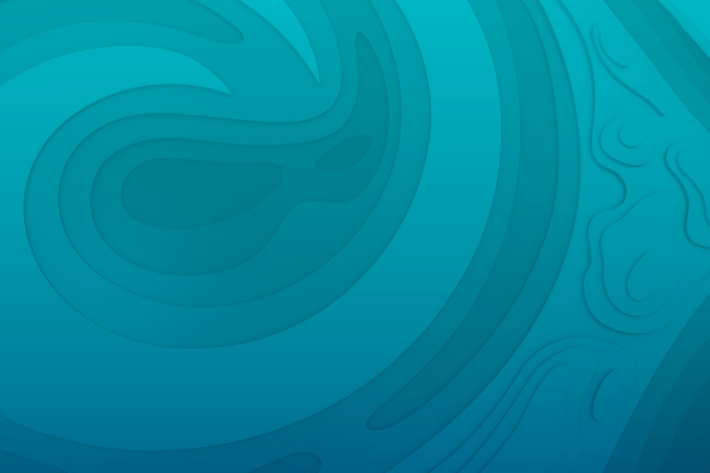-

UVI at Lauder
This information is provided as part of our UV Ozone service, which also includes ozone and UV maps for New Zealand, yesterday’s forecast and measured UV, UV Atlas software, and more. NIWA has also developed an instrument to measure UV levels and display the UV Index on an easy-to-read dial. This is intended for use at swimming pools, outdoor sports events, and so on. The measured UV Index can be affected by cloud cover at Lauder. -

Causes of altered water flow
How do land use activities potentially influence water flows? -

Causes of loss of riparian vegetation
What are the potential causes of riparian vegetation loss from land use activities? -

Causes of Infectious Substances
What are the potential sources of infectious substances from land use activities? -

Latent and sensible heat fluxes from lake water surfaces
The latent heat flux and evaporation from lakes are predicted to increase in a warming climate. This model script (written in Matlab) estimates latent and sensible heat fluxes from lake water surfaces. -

Riparian vegetation and mining
What are the potential impacts of mining activities on riparian vegetation around waterways? -

Mapping marine biodiversity in Bay of Islands
Research ProjectBuilding a publicly-available database from the results of a marine mapping survey of the Bay of Islands provides us with a stocktake of the local aquatic resource, in turn giving us valuable information on what areas we can better manage for the future. -

Monitoring and maintenance
Once you have identified the problem, and applied the necessary tools for restoring fish to your stream, the next phase of your project is to monitor the stream site to see whether restoration works.
